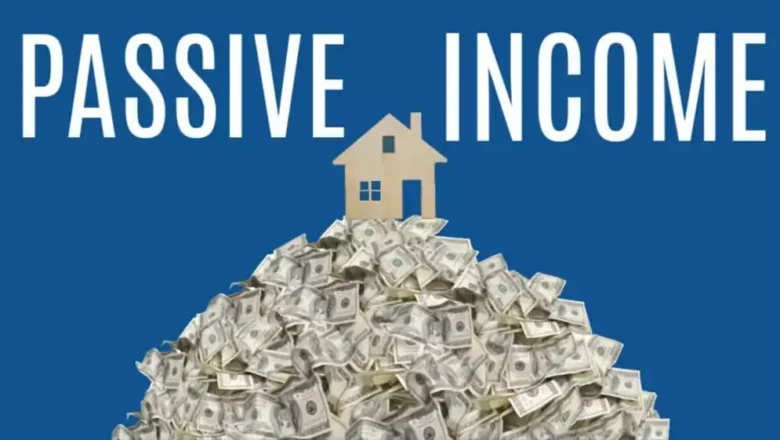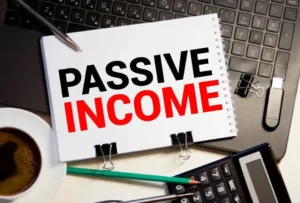One of the best ways to build wealth these days is by renting out your property and making money without any investment. Real estate is a more stable investment than stocks or cryptocurrencies because it offers a physical asset with consistent cash flow that appreciates over time. Rental properties are popular with investors because they generate income while you sleep. Tenants pay rent, which covers your expenses and provides a monthly income. However, investing is not a quick way to become wealthy.
To achieve long-term profitability with rental properties, you need careful planning, market research, and effective property management and maintenance. Effective property management and maintenance are crucial. Whether you’re a beginner investor or looking to expand your portfolio, there are some basic principles you need to know if you want to generate consistent income from real estate. In this article, we’ll discuss how to choose the best property, maximize your returns, and make a profit year after year.
Learn How to Earn Passive Income with Rental Properties:
When you rent out a property, the tenants who pay rent to live in or use it generate passive income. This type of income is called passive income because you can generate consistent profits even with minimal daily work. However, the term “passive” can be misleading. Landlords still have to manage or outsource tasks such as property maintenance, tenant management, and fund management. The biggest advantage of this type of investment is that it offers two benefits: you earn rent monthly, and the property typically appreciates, allowing you to build long-term equity. For investors seeking security and financial freedom, rental properties are a popular choice because they offer both a regular income and the opportunity to grow their assets.
How to Choose the Right Property for a Stable Income:
Choosing the ideal property is essential for making money from rental. High-demand properties with excellent infrastructure, good job prospects, and low crime rates tend to attract good tenants. You also need to understand the rental market in your area to ensure demand is high and that the rent you can charge covers your mortgage, taxes, and maintenance costs while generating a profit. The type of property is also important.
For example, single-family homes, multi-family homes, and vacation rentals all generate different profits and require different management approaches. When researching properties, use metrics like capitalization rate and cash-on-cash yield to calculate the expected return and ensure it meets your financial goals. A property that seems inexpensive at first glance might not generate enough income, but a slightly more expensive property in a favorable location can yield a higher return over time.
Maximizing Rent and Minimizing Vacancy:
Once you own your ideal property, focus on achieving the highest possible rent and minimizing vacancy. Choosing the right rent is crucial. If the rent is too high, you risk long-term vacancy; if it’s too low, you lose money. Keeping your property in excellent condition and looking its best helps retain quality tenants and reduce costly turnover. Regular maintenance, timely repairs, and occasional upgrades, such as new appliances or energy-efficient features, can lead to satisfied tenants and justify rent increases.
Marketing is also crucial for filling vacancies. You can use online rental websites, social media, and professional photographers to attract more candidates. If you want to quickly attract long-term tenants in a competitive market, consider offering incentives such as flexible lease terms or move-in discounts. To ensure a stable income stream, rent your property to tenants with excellent credit and timely payments.
Effective Property Management for Long-Term Success:
To ensure stable passive income, you must manage your rental property effectively. You can manage the property yourself or hire a property manager. Self-management can save money but requires time, effort, and the ability to answer tenant questions, collect rent, and handle repairs. A property manager can enhance the passive nature of your investment, but it typically costs 8-12% of your monthly rental income. Good property management thoroughly screens tenants to prevent late payments or damage to their property.
It also ensures clear lease agreements to minimize uncertainty. Regular property inspections can help identify minor issues before they escalate into costly repairs. Furthermore, close contact with tenants helps build positive relationships, encouraging them to stay long-term and take better care of the property. Over time, excellent property management builds a positive reputation, attracts better tenants, and helps you remain profitable.
Conclusion:
Generating a stable passive income from rental properties requires skill and knowledge. It all starts with selecting the right property in an ideal location, setting the right rent to retain tenants, and finally, managing the property properly to ensure continued operation. The word “passive” may conjure up images of minimal investment, but the reality is that successfully investing in rental properties requires effort, strategy, and regular monitoring. Returns provide a consistent source of incoffercrease property value, and offer a path to long-term financial security. With the right strategy, rental properties can become an important part of your investment portfolio, offering protection even during economic downturns. With hard work and a long-term perspective, you may be able to benefit from returns that will make you money while you sleep.
FAQs:
1. How much money do you need to invest in rental properties?
It depends on where you live, but generally, you’ll need at least a 20% down payment, plus additional funds for repairs, closing costs, and savings.
2. Is a rental property truly an untapped source of income?
Perhaps this will change if you hire a property manager, but you should still actively participate in the decision-making process and closely monitor any developments.
3. How do you know if a rental property is profitable?
Before purchasing, use metrics like capitalization rate and cash-on-cash return to assess a property’s profitability.
4. Which properties generate the highest rental income?
Multi-unit properties typically generate a higher total return, but single-family homes have lower maintenance expenses and a lower tenant turnover rate.
5. What strategies do you employ to manage challenging tenants?
A thorough screening, clear lease agreements, and prompt action when problems arise can help you avoid them. If necessary, take formal steps to evict the tenant.




